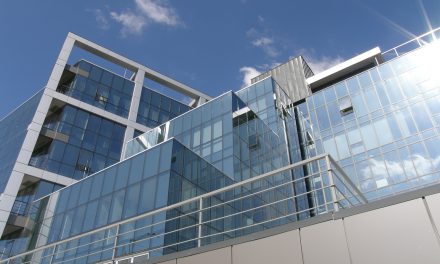Mortgage interest rates jumped in November 2016 and remained elevated throughout the first half of 2017. This “Trump jump” was initially caused by uncertainty in financial markets following the unexpected election results, but calmed down over the following months. And now interest rates have another factor to contend with — actions by the Federal Reserve (the Fed) to cool the economy.
The Fed increased their target federal funds rate by one-quarter percentage point in December 2016 and again in March. The Fed plans additional rate increases in 2017. This is in response to an expanding U.S. economy, as the Fed acts to raise interest rates to prevent the market from becoming overblown (more on that here).
The federal funds rate interacts with other key interest rates, including the 10-year Treasury note, which is the benchmark for other long-term investments, most significantly real estate.
Higher interest rates axiomatically reduce homebuyer purchasing power, causing an eventual slowdown in the housing market. However, investors of commercial real estate have another factor to consider with rising interest rates: higher capitalization (cap) rates.
The cap rate is an income property’s annual rate of return. It is stated as a percentage of invested capital.
Income property buyers use the cap rate to determine the appropriate price to pay for income-producing real estate. To calculate an acceptable purchase price, the buyer uses the formula:
net operating income (NOI) / cap rate = purchase price
The NOI is found by taking the property’s gross operating income (annual rents) minus the property’s operating costs. Included in these operating expenses are:
- taxes;
- insurance;
- maintenance and repairs; and
- other management costs.
The appropriate cap rate is decided by the buyer. An acceptable cap rate varies from property to property and in accordance with the buyer’s investment objectives and risk tolerance. It can change each year, or even more often in periods of economic distortion.
To calculate a property’s cap rate, divide the property’s NOI by the price asked (for the seller) or the price offered (for the buyer).
Related article:
Looking ahead at the cap rate
During the past decade or so, low cap rates have been acceptable to the majority of income property investors. However, in future years — and beginning in 2017 for forward-looking buyers — income property buyers will demand higher cap rates to keep pace with the upward march of interest rates.
That is, while a low cap rate may be acceptable today, in a few years when today’s buyer is ready to sell and interest rates are higher, those buyers will be demanding higher cap rates to meet the higher benchmark set by the 10-year Treasury note. Since operating costs will stay steady or increase in the meantime, sellers will need to offer a lower price to meet those higher cap rates. This decreases their long-term profit.
One factor that may delay the need for higher cap rates includes any dynamic that induces buyers to accept a lower cap rate. For instance, a shortage in new commercial construction may reduce the inventory available, giving sellers the upper hand at the bargaining table when it comes to cap rates.
Still, prudent income property buyers with an eye on future rate activity will seek higher cap rates today in preparation for their inevitable rise in the coming years.
[dfads params=’groups=37813&limit=1&orderby=random’]














